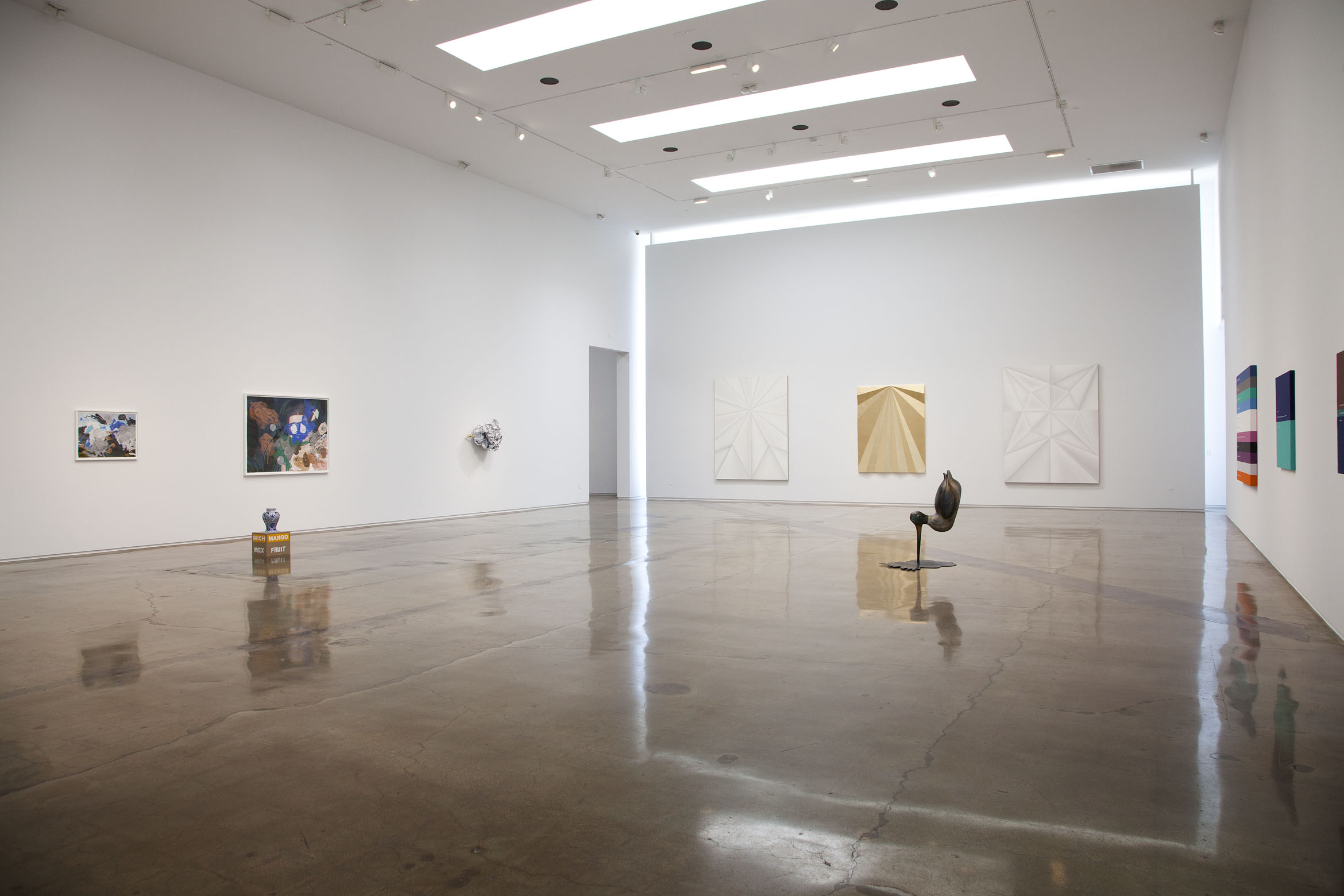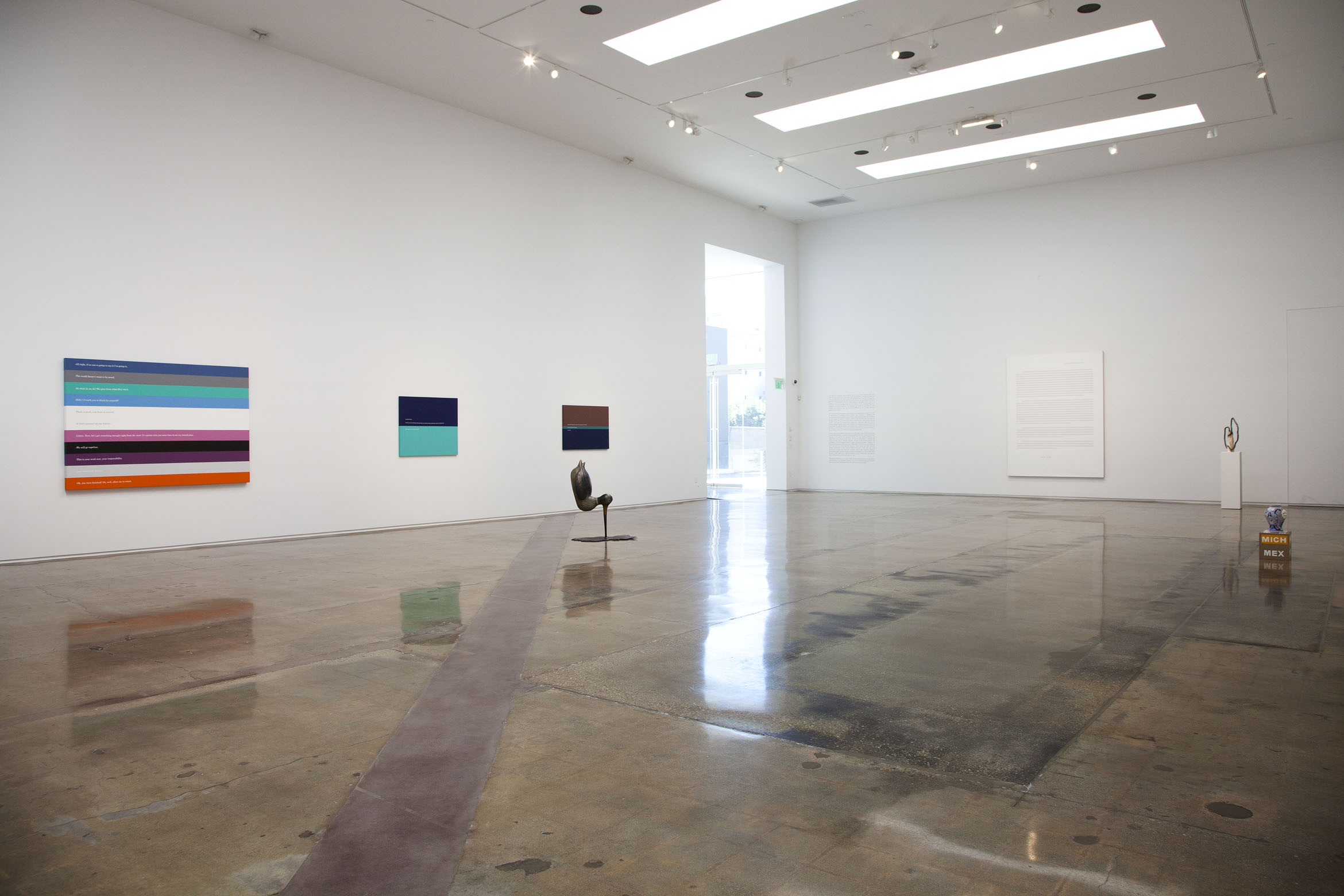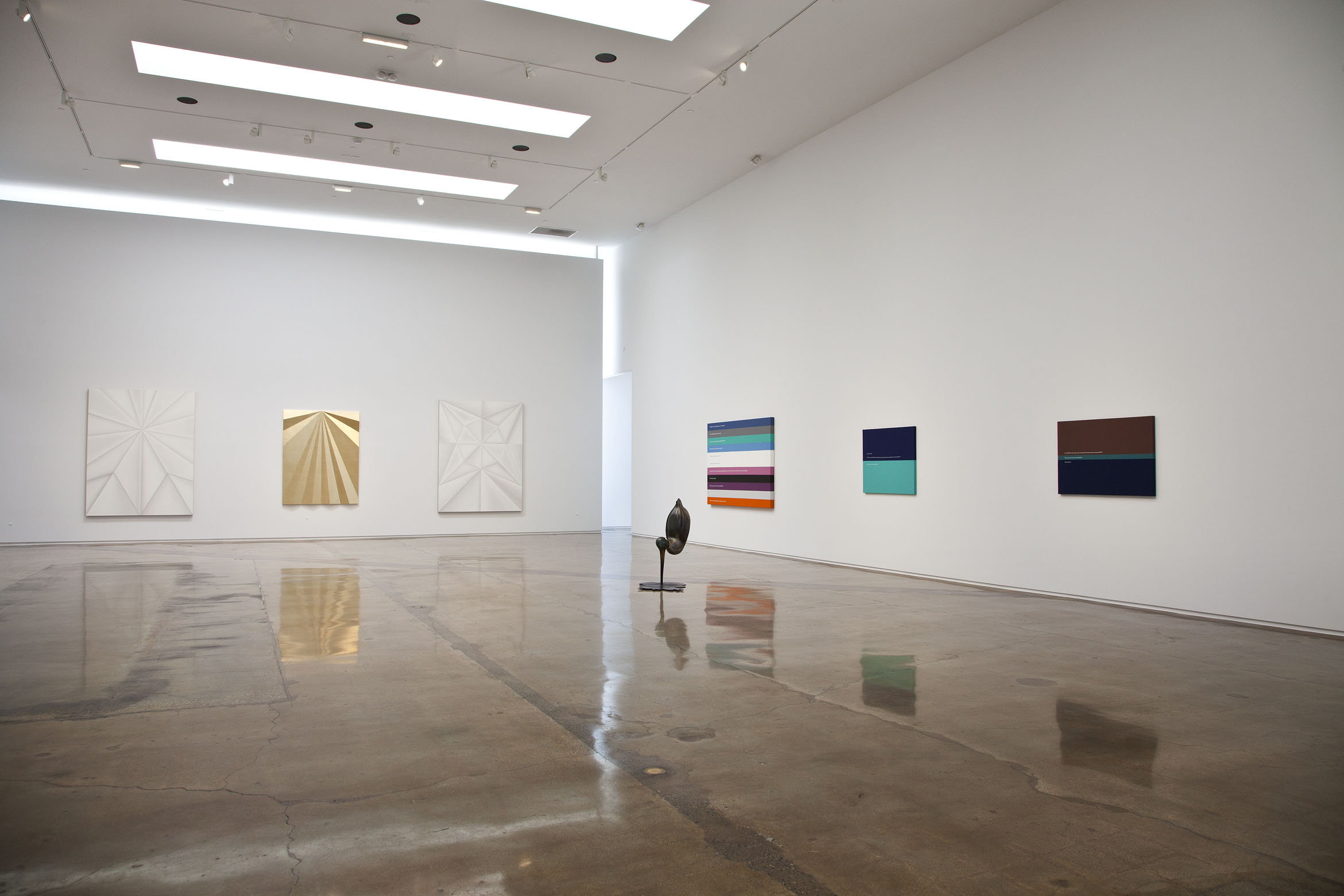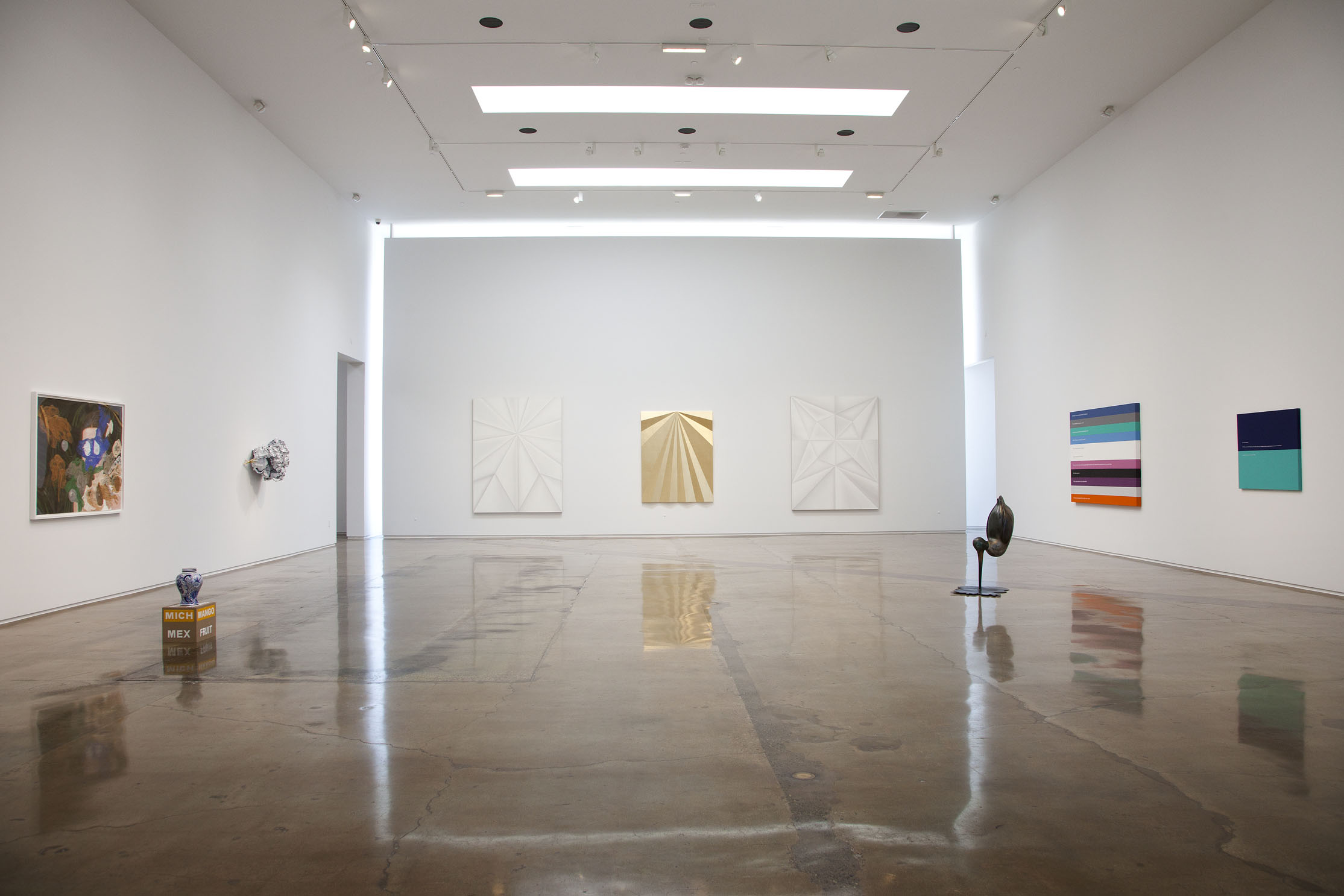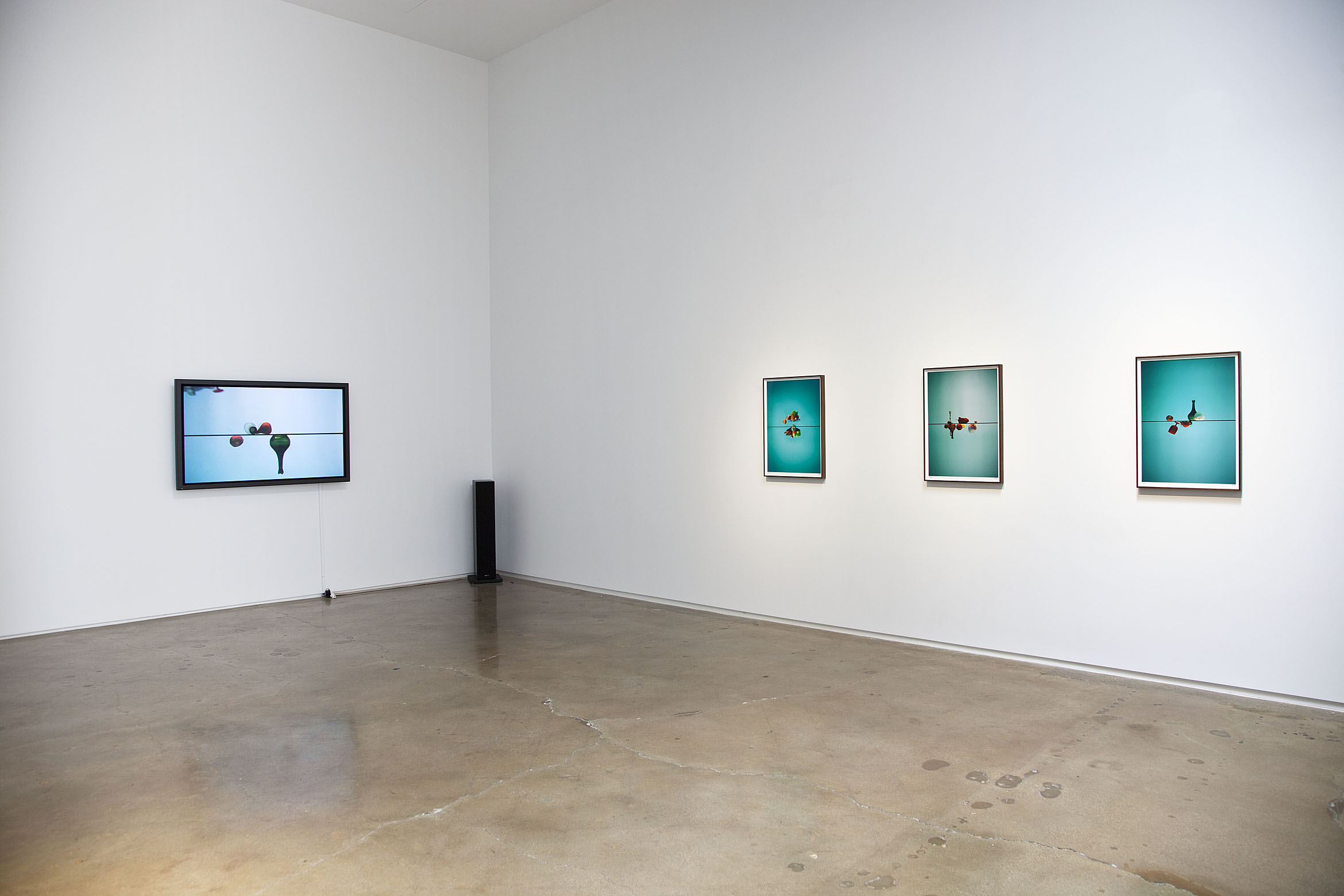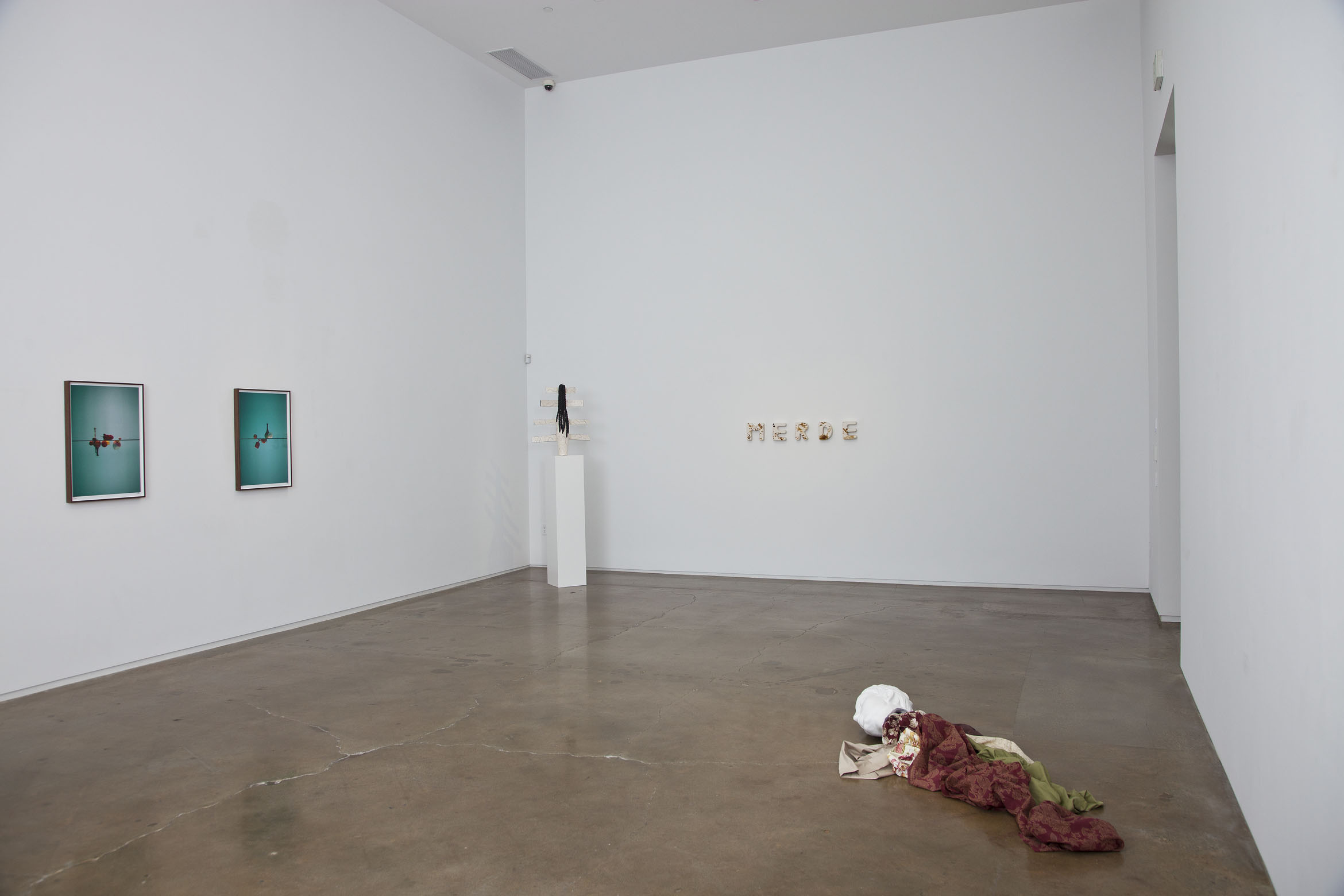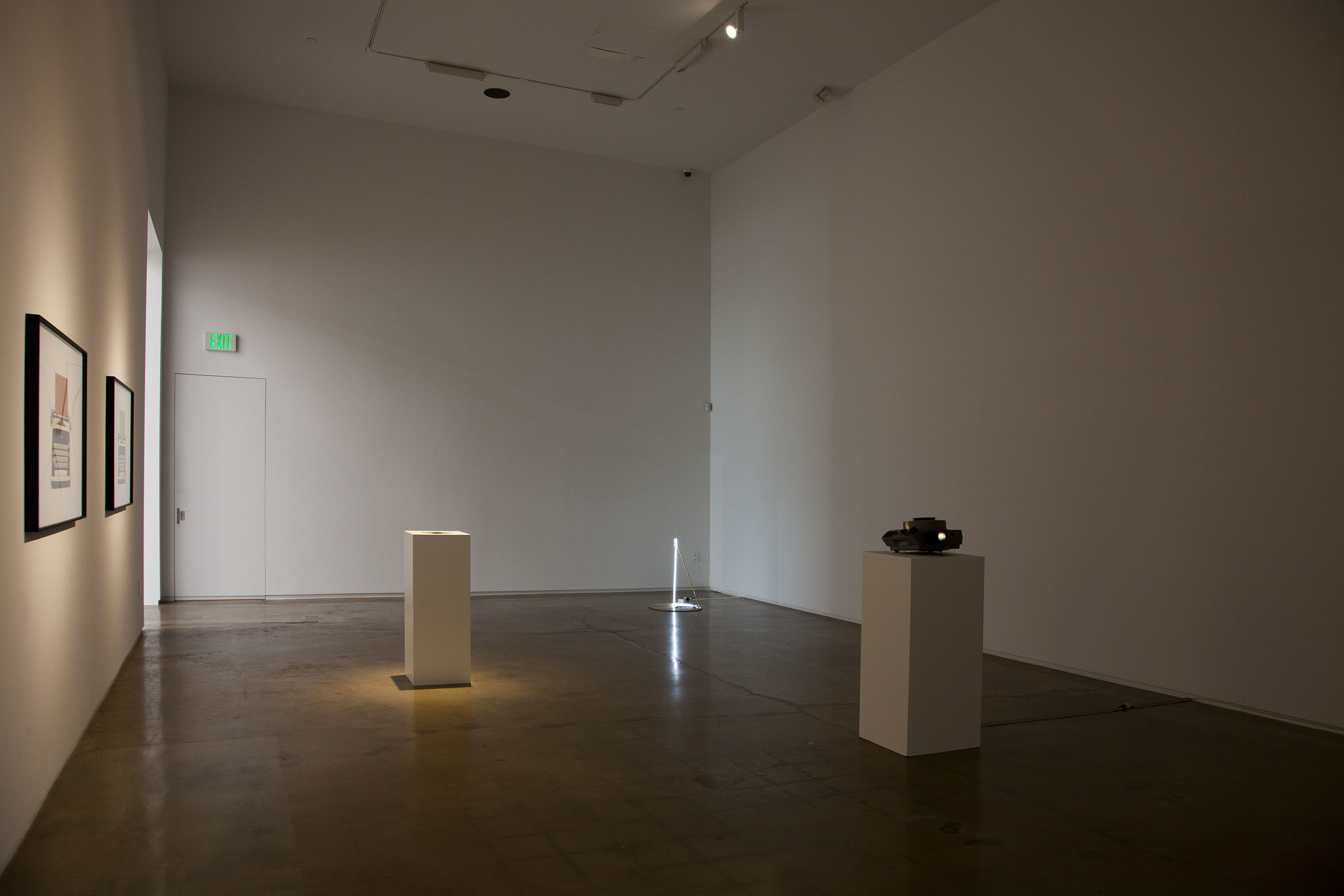Chingaderas Sofisticadas
Kohn Gallery is pleased to present a group exhibition opening September 16 and on view through November 4 bringing together nine prominent artists based in Guadalajara, Mexico, whose varied practices contribute to the city’s growing cultural ascendance and international recognition. Until recently, Guadalajara was considered one of Mexico’s most traditional cities with large industries focused on textile, artisan and craft production, perhaps best known for its ceramic fabricators and studios. Since the nineties, however, the city’s art scene has progressively flourished due to a growing number of artists who have either relocated or returned to Guadalajara to set up studios, galleries, alternative project spaces or residencies that have positioned the city as a cultural center rivaling Mexico City. Co-curated by gallery director Samantha Glaser and art advisor Esthella Provas, this exhibition illustrates the dominant and interwoven narratives of craft, tradition and conceptual rigor that position Guadalajara as one of Latin America’s burgeoning art capitals.
The use of ceramics and folkloric, artisan objects is a common point of departure for the art community in Guadalajara, as seen in the work of artists Eduardo Sarabia, Gonzalo Lebrija, Milena Muzquiz and Cynthia Gutiérrez. Sarabia, along with Lebrija, have each co-founded non-profit project spaces and alternative residencies, which include PAOS Gdl and Oficina para Proyectos de Arte A.C. (Office for Art Projects). In 2002, Sarabia was invited to work at the Cerámica Suro factory in the city’s art and gallery district, Tlaquepaque, which prompted him to relocate to Guadalajara from Los Angeles and incorporate the factory’s trademark blue and white ceramics into his practice.
Using the mediums of photography, video, sound and sculpture to examine notions of time, freedom, play and power, Gonzalo Lebrija often incorporates the geometry of semi-folded paper planes into his large-scale works, painted over as hardened surfaces. In these pieces, large geometrical forms emerge caught between a state of fixed physical presence while gesturing towards fluid aerodynamic forms that glide and ascend. His work, Unfolded Gold (Metallah), depicts geometric creases akin to an unfolded sheet of paper solidified with a gold leaf finish, highlighting a fleeting sense of form within a rigid, immutable presence. Similarly, Milena Muzquiz and Cynthia Gutiérrez both reference sculptural forms that denote either the anthropomorphic or decorative. Their sculptures interweave aspects of the craft and folk heritage of Mexican culture into relevant social narratives, linking a sense of both ancestral rootedness and contemporary dislocation. Works by Muzquiz on view such as Jungled Up Gravity Sculpture 1 range from a traditional vase shape referencing totemic motifs, while Jungled Up Gravity Sculpture 8 gives way to a more fluid, open form. Gutiérrez’s works show various aspects of her deconstructive sculptural practice. Two of her works, one titled Agua Silenciosa, depict a duck figure landing face down on the ground with a melting beak, while the decapitated head of Decapitados: una decoración para nuestro tiempo viscerally bleeds with textiles falling out from the neck. Both works convey a darkly ironic take on the perception of reality through an unmistakable reference to the savagery of Mexico’s recent drug wars.
Several artists in the exhibition explore the use of text, light, mixed-media and language in their sculptural works. Conceptual artist Jorge Méndez Blake has evolved a conceptual language in his practice that translates literary texts into images, sculptures and installations, often playing with the syntax and structure of language to dismantle and subvert meaning. As part of the exhibition, his painting Chingada, will be on view, where what appears to be a multi-paragraph essay is one long, stuttering utterance of the Spanish word for “fuck.” Octavio Abúndez’s playfully text-based works similarly share in the investigation of epistemological narratives within established ideologies, critiquing the informational hierarchies that order society. Gabriel Rico’s work focuses on the fragility of space and context to foster meaning, using text, found objects and light. Francisco Ugarte’s installations of light projected slides break down forms into their most fundamental elements–color, shape, line and space. And the films of Alejandro Almanza Pereda append these narratives of light, meaning and language in his films of underwater still lives, placed upside-down, that find elements of decay and beauty as his depicted objects either undulate, fall or drift away over time.
ABOUT Pacific Standard Time: LA/LA
Chingaderas Sofisticadas is part of Pacific Standard Time: LA/LA, a far-reaching and ambitious exploration of Latin American and Latino art in dialogue with Los Angeles, taking place from September 2017 through January 2018 at more than 70 cultural institutions across Southern California. Pacific Standard Time is an initiative of the Getty. The presenting sponsor is Bank of America.

